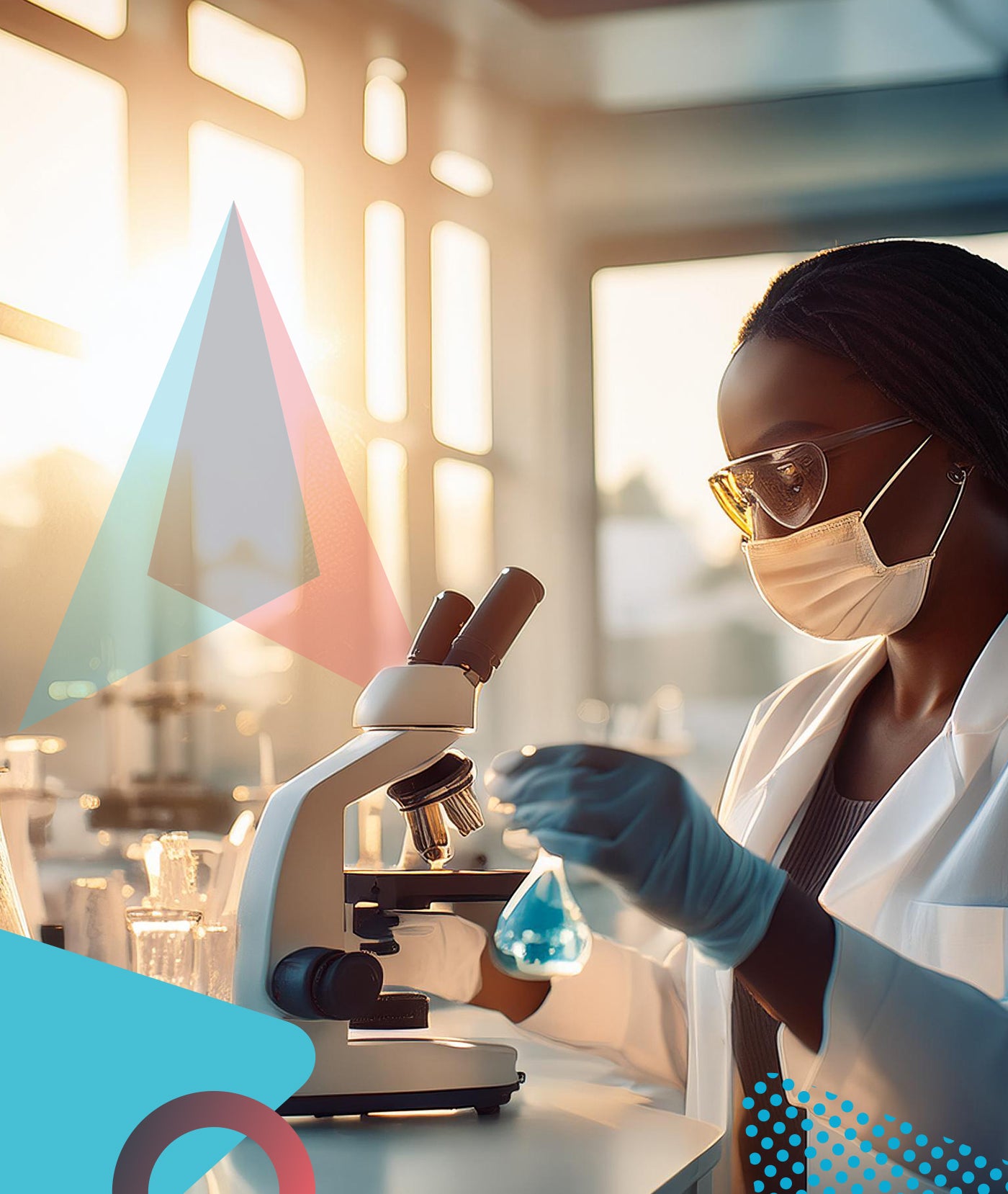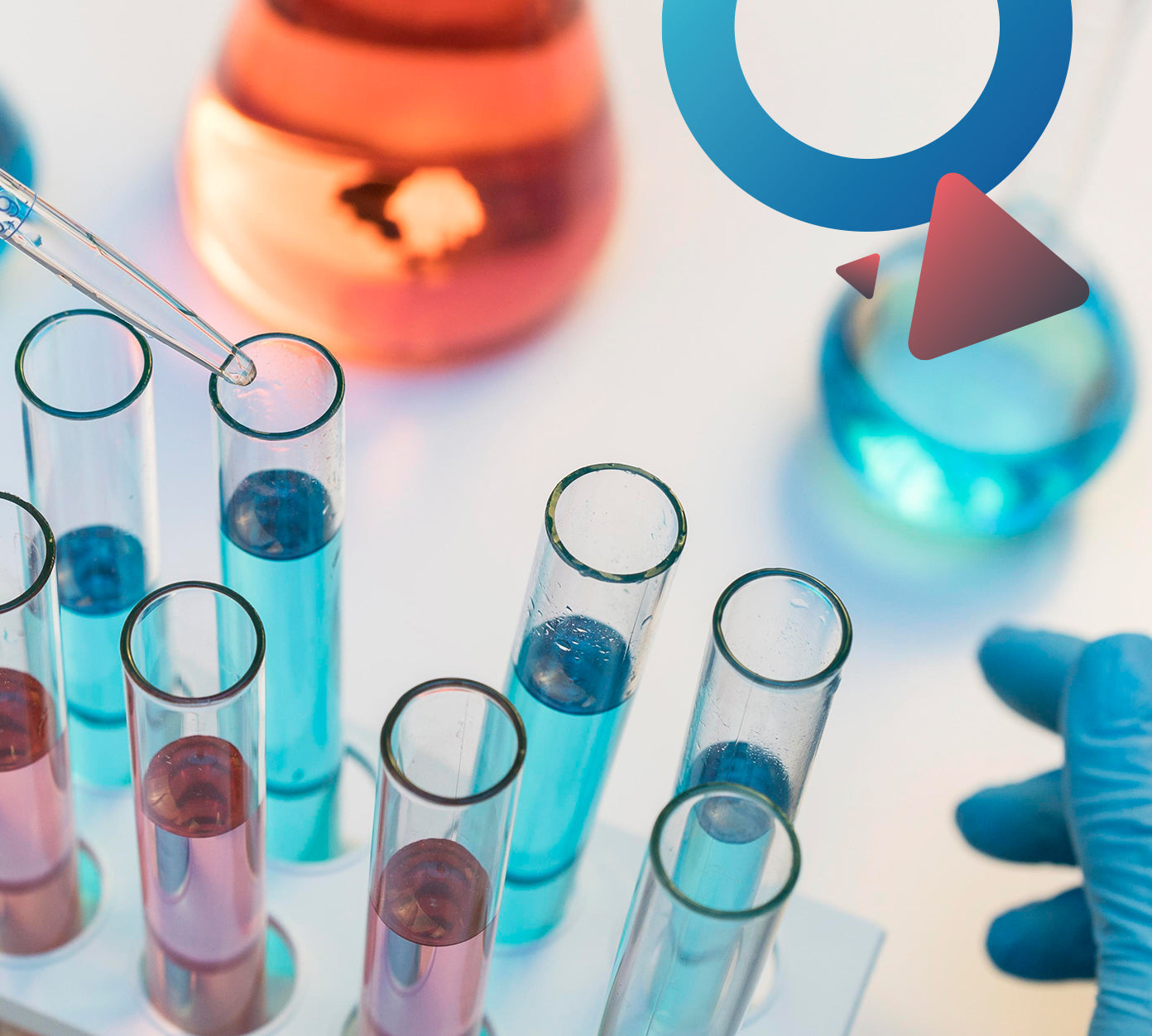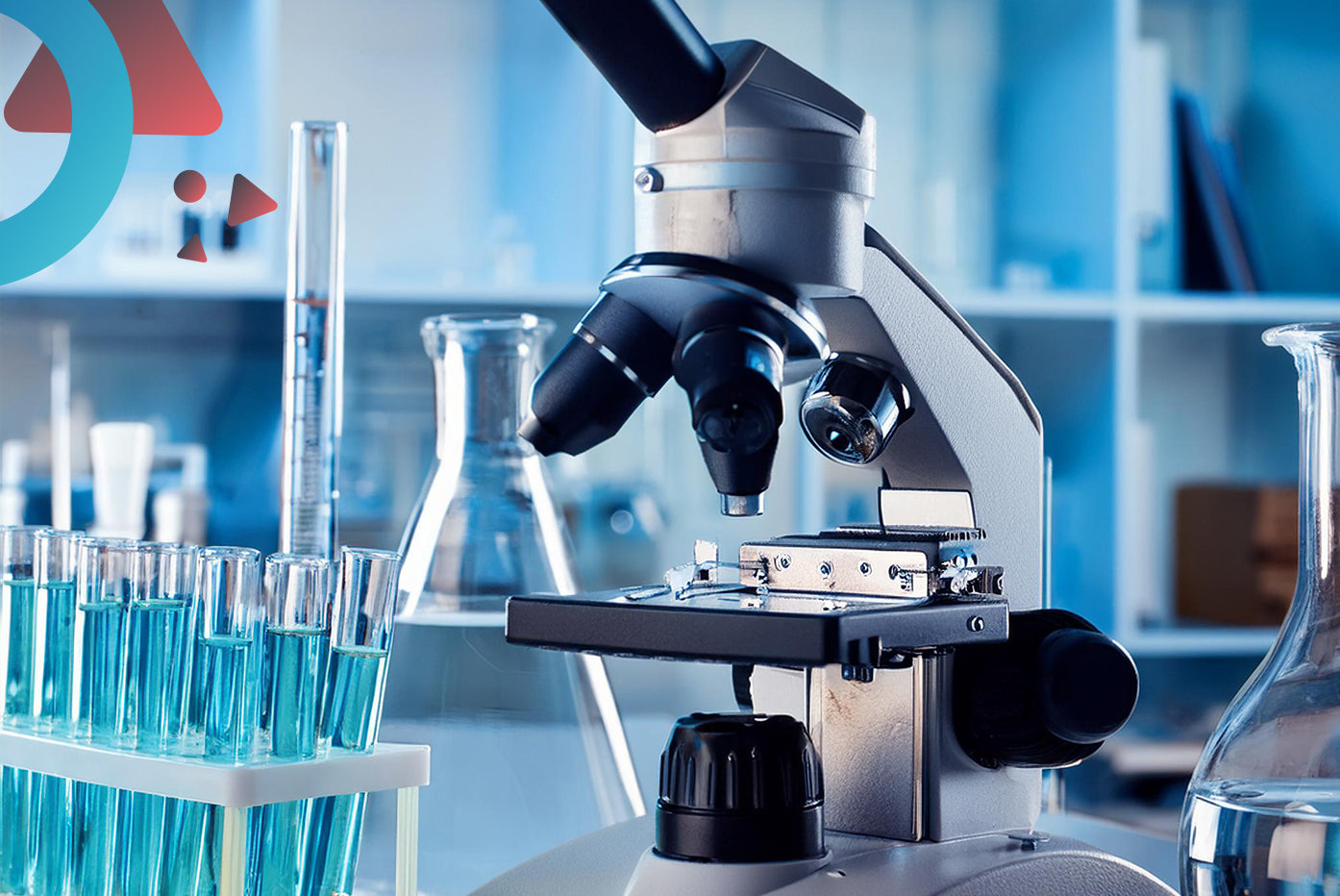Laboratory Equipement
Where innovation and precision converge to empower scientific discovery

Solution Overview
We provide a comprehensive range of high-quality laboratory instruments and equipment designed to meet the diverse needs of researchers, educators, and professionals across various scientific disciplines. Our state-of-the-art products ensure accuracy, reliability, and efficiency, enhancing your laboratory's capabilities and performance. From analytical instruments to essential lab supplies, our commitment to excellence and customer satisfaction drives us to deliver solutions that support your quest for knowledge and advancement. Explore our offerings and elevate your laboratory with our trusted equipment and expertise.
What We Do

Basic Equipment
Laboratory Glassware: Beakers, flasks, test tubes, pipettes, and graduated cylinders used for mixing, measuring, and transferring liquids.
Laboratory Plasticware: Plastic versions of glassware items for
specific applications, such as disposable pipettes and plastic beakers.
Laboratory Balances: Analytical balances, precision balances, and
top-loading balances for measuring mass and weight with high accuracy.
Laboratory Centrifuges: Used to separate substances of different
densities from liquid mixtures through centrifugal force.
Laboratory Stirrers and Hotplates: Equipment used for mixing and heating liquids, typically with magnetic stirrers and heating plates.
Analytical Instruments
Spectrophotometers: Instruments used to measure the absorption or
emission of light by substances for quantitative analysis.
Chromatography Equipment: Includes gas chromatographs (GC), liquid chromatographs (HPLC), and thin-layer chromatography (TLC) systems for separating and analyzing complex mixtures.
Mass Spectrometers: Instruments used to determine the mass-to-charge ratio of ions for identifying and quantifying compounds in a sample.
Electrophoresis Equipment: Gel electrophoresis systems for separating biomolecules such as DNA, RNA, and proteins based on size and char
Microscopy Equipment
Light Microscopes: Instruments used for magnifying and examining
small samples under visible light.
Electron Microscopes: Includes scanning electron microscopes (SEM) and transmission electron microscopes (TEM) for high-resolution imaging of samples at the nanoscale.
Confocal Microscopes: Instruments used for three-dimensional imaging
and analysis of fluorescently labeled samples.
Sample Preparation Equipment
Autoclaves: Pressure chambers used for sterilizing laboratory equipment and media by steam heat.
Incubators: Controlled temperature chambers for growing and maintaining cultures of microorganisms or cells.
Freezers and Refrigerators: Storage units for preserving samples and reagents at specific temperatures, including ultra-low temperature freezers for long-term storage of biological materials.
Safety Equipment
Fume Hoods: Enclosed workspaces with exhaust systems for handling hazardous chemicals and preventing exposure to harmful fumes.
Safety Cabinets: Cabinets equipped with HEPA filters for
working with biological agents and maintaining sterile conditions.
Personal Protective Equipment (PPE): Includes gloves, goggles, lab coats, and face masks to protect laboratory personnel from chemical and biological hazards.
Specialized Equipment
PCR Machines: Thermal cyclers used for polymerase chain reaction (PCR) amplification of DNA sequences.
Flow Cytometers: Instruments used for analyzing the physical and chemical properties of cells and particles in a fluid stream.
NMR Spectrometers: Nuclear magnetic resonance (NMR) instruments used for determining the structure and composition of organic molecules.
Sector Usage

Industrial Sector
Analytical Balances: Used for precise measurement of chemicals and materials in industrial processes.
Gas Chromatographs (GC): Analyze and separate volatile compounds in industrial samples.
Spectrophotometers: Measure the absorbance or emission of light to
analyze the composition of industrial samples.
Viscometers: Measure viscosity of fluids to ensure product quality and consistency.
Particle Size Analyzers: Determine the size distribution of particles in industrial materials for quality control purpos
Agricultural Sector
Soil Testing Kits: Analyze soil samples for pH, nutrient levels, and other parameters to optimize agricultural practices.
Seed Testing Equipment: Assess seed quality, viability, and germination rates for agricultural purposes.
Moisture Meters: Measure moisture content in soil and agricultural products to optimize irrigation and storage conditions.
Plant Tissue Analyzers: Determine nutrient levels and health status of
plants for crop management and fertilization.
Pesticide Residue Analyzers: Detect and quantify pesticide residues in agricultural products for food safety.
Food and Beverage Sector
Microbiological Testing Equipment: Detect and quantify microbial contaminants in food and beverage products for quality assurance.
pH Meters and Titration Equipment: Monitor and adjust pH levels in food and beverage production processes for product consistency.
Spectrophotometers: Analyze the color, flavor, and nutritional content of food and beverage samples for quality control.
Rapid Pathogen Detection Systems: Detect foodborne pathogens such as Salmonella and E. coli to ensure food safety.
Texture Analyzers: Measure the texture and consistency of food products for quality assessment and consumer satisfact
Hospitality Sector
Water Quality Testing Kits: Assess the quality of drinking water in hotels and restaurants for compliance with health and safety regulations.
Microbial Test Strips: Monitor water quality in swimming pools and spa facilities for bacteria and other contaminants.
Allergen Detection Kits: Detect allergens such as gluten and peanuts in food products to prevent allergic reactions in guests.
pH Meters and Titrators: Maintain optimal pH levels in swimming pools
and water features for water clarity and comfort.
Laundry Testing Equipment: Analyze water quality and detergent
effectiveness in hotel laundry operations for linen cleanliness and guest satisfaction.
Mining Sector
X-ray Fluorescence (XRF) Analyzers: Analyze the elemental composition of minerals and ores for mining exploration and quality control.
Inductively Coupled Plasma (ICP) Spectrometers: Quantify trace metals and elements in mining samples for resource assessment and environmental monitoring.
Particle Size Analyzers: Determine the particle size distribution of
mining materials for process optimization and product quality control.
pH Meters and Conductivity Meters: Monitor water quality in mining operations to prevent environmental contamination.
Density Meters: Measure the density of slurries and solutions in mining processes for concentration control.
